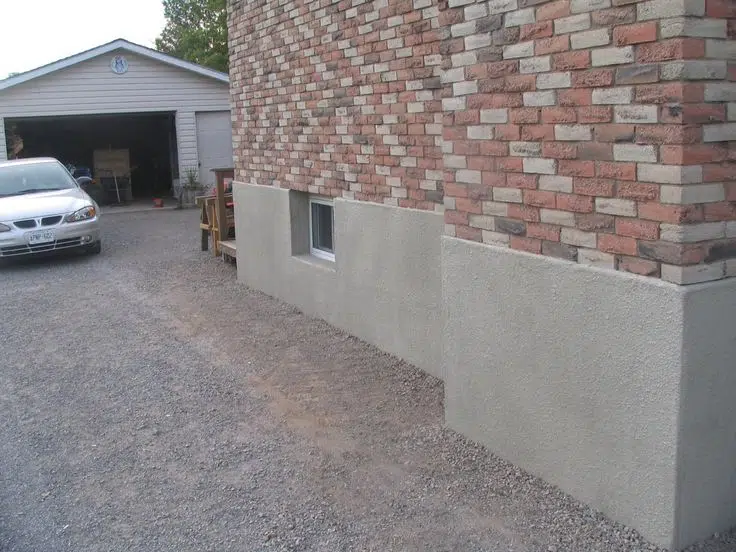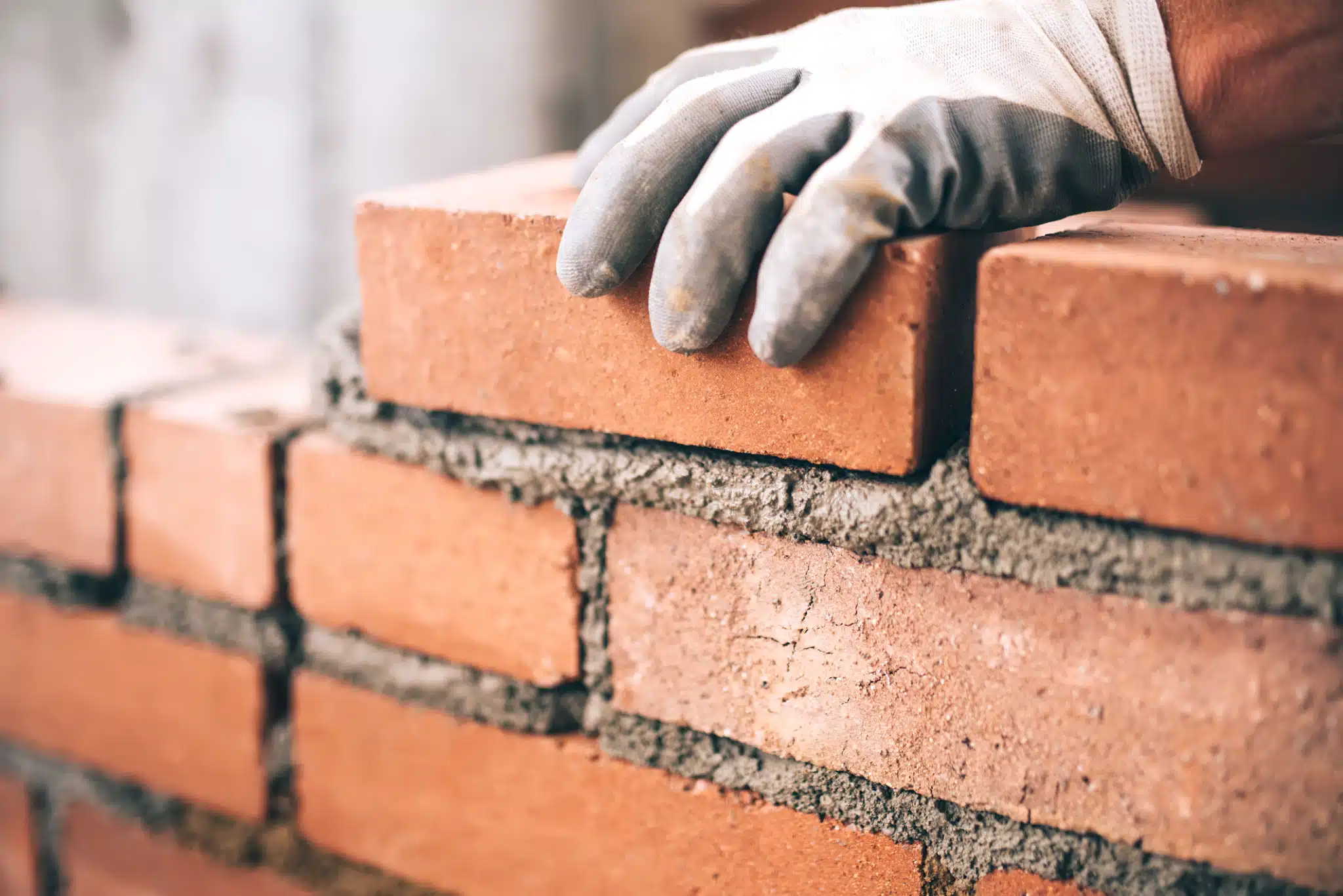DIY Chimney Inspection: A Step-by-Step Guide for Homeowners
As a homeowner, maintaining your property is crucial for ensuring its longevity and safety. One often overlooked aspect of home maintenance is the chimney. Regular chimney inspections can help identify potential issues before they become major problems, saving you time and money in the long run. In this comprehensive guide, we’ll walk you through the process of conducting a DIY chimney inspection, providing you with the knowledge and tools to keep your home safe and your chimney in top condition.
Safety Precautions for DIY Chimney Inspection
Before you begin your chimney inspection, it’s essential to prioritize safety. Here are some crucial precautions to take:
- Wear appropriate protective gear, including a dust mask, safety goggles, and sturdy gloves.
- Ensure you have a stable ladder that reaches the roof safely.
- Never attempt to inspect your chimney during inclement weather or if you’re uncomfortable with heights.
- If possible, have a helper present to hold the ladder and assist you during the inspection.
- Inform someone of your plans to inspect the chimney and when you expect to finish.
Remember, your safety is paramount. If at any point you feel unsafe or uncertain about the inspection process, don’t hesitate to call a professional.
Essential Tools for Chimney Inspection
To conduct a thorough chimney inspection, you’ll need the following tools:
- Flashlight: A powerful, handheld flashlight to illuminate dark areas of the chimney.
- Mirror on an extendable handle: This allows you to see areas of the chimney that are not directly visible.
- Binoculars: For examining the exterior of the chimney from the ground.
- Camera or smartphone: To document any issues you find during the inspection.
- Screwdriver or small hammer: To test the integrity of mortar joints and bricks.
- Measuring tape: To measure any cracks or gaps you discover.
- Notepad and pen: For recording observations and measurements.
Having these tools ready before you start will make your inspection more efficient and thorough.
Step-by-Step Chimney Inspection Process
1. Exterior Inspection from the Ground
Begin your inspection by examining the exterior of your chimney from the ground level:
- Use binoculars to look for any visible cracks, missing mortar, or damaged bricks.
- Check for any vegetation growing on or around the chimney, which can indicate moisture problems.
- Observe the chimney’s overall structure, ensuring it’s not leaning or tilting.
- Look for any staining or discoloration on the exterior walls near the chimney, which could indicate water damage.
2. Roof-Level Exterior Inspection
If you’re comfortable accessing your roof safely, conduct a closer inspection of the chimney’s exterior:
- Examine the chimney crown (the sloped concrete cap at the top) for cracks or deterioration.
- Check the flashing around the base of the chimney where it meets the roof for any gaps or damage.
- Look for any loose or missing bricks or mortar joints.
- Inspect the chimney cap to ensure it’s securely in place and not damaged.
3. Interior Fireplace Inspection
Move inside to inspect the fireplace and the visible portions of the chimney:
- Look for any cracks, gaps, or missing mortar in the firebox.
- Check the damper to ensure it opens and closes properly.
- Shine your flashlight up the flue to look for any obstructions or buildup of creosote.
- Use your mirror on an extendable handle to examine areas of the flue that aren’t directly visible.
- Check for any signs of water damage, such as staining or dampness inside the fireplace.
Common Signs of Chimney Damage to Look For
During your inspection, be on the lookout for these common issues:
Exterior Problems
- Spalling bricks: When the face of bricks flake off due to water damage.
- Efflorescence: White, powdery residue on bricks, indicating water penetration.
- Cracked or damaged chimney crown.
- Loose or missing chimney cap.
- Damaged or separated flashing.
- Tilting or leaning chimney structure.
Interior Issues
- Creosote buildup: A black, tar-like substance that can lead to chimney fires.
- Cracked or damaged flue liner.
- Rust on the damper or firebox.
- Deteriorating mortar joints inside the firebox.
- Debris or animal nests obstructing the flue.
- Water stains or dampness inside the fireplace.
Document any issues you find with detailed notes and photographs. This information will be valuable if you need to consult a professional or track the progression of any problems over time.
When to Call a Professional Masonry Contractor
While DIY chimney inspections are useful for identifying potential issues, there are situations where it’s best to call in a professional masonry contractor:
- If you discover significant structural damage, such as large cracks or a leaning chimney.
- When you find extensive water damage or signs of long-term moisture problems.
- If you notice a strong odor coming from the chimney or fireplace, which could indicate a serious issue.
- When you’re unable to safely access or inspect all areas of the chimney.
- If it’s been more than a year since your last professional inspection.
- Before buying or selling a home with a chimney.
- If you’re unsure about the severity of any issues you’ve identified during your inspection.
Professional chimney inspectors have specialized tools and expertise to thoroughly assess your chimney’s condition and recommend appropriate repairs or maintenance.
Conclusion
Regular DIY chimney inspections are an excellent way to maintain your home’s safety and catch potential problems early. By following this step-by-step guide, you can confidently assess your chimney’s condition and identify when professional help is needed. Remember to prioritize safety throughout the inspection process and don’t hesitate to call a professional if you’re unsure about any aspect of your chimney’s condition.
By taking a proactive approach to chimney maintenance, you’re not only ensuring the safety of your home and family but also potentially saving yourself from costly repairs down the line. Keep this guide handy and make chimney inspections a regular part of your home maintenance routine.
\n\n\nError: No FAQ
No FAQs are available at this moment. Please check back later or contact support for more information.



